The 3 R’s of the Engine Company – The Right Line [Part 1 of 3]
“As the first line goes, so goes the fire”
As an officer or crew member of an engine company the extinguishment of the fire is the backbone of your mission. The initial line you choose to stretch will determine how well the overall operation goes. When you roll up on your next fire and you are faced with the decision of what attack line to pull, remember the 3 R’s of the engine company.
You have to pull the “right line”, make sure it is the “right length” to reach the seat of the fire, and stretch it to the “right place.” In the upcoming weeks we will break each one of these down in detail. If you ride the engine remembering these tips will ensure your line goes into service quickly, efficiently and the fire is extinguished in short order. First up this week is choosing the “right line” for your fire conditions.
The Right Line
The majority of us carry two attack lines on our apparatus, those being the 1 ¾” or the 2 ½” hose line and we find them either pre-connected as speedlays (sometimes off the back as well) or static in the apparatus hose bed.
Each of these lines offer their advantages such as the inch and three quarters maneuverability or the two and a half’s stream reach and penetration for advanced fire conditions. Many articles have been written on the tactical advantages of each of these hand lines, but for the purpose of this article we are going to base our selection on our initial size up.
It is imperative that we choose the appropriate attack line for our fire conditions the first time. While the majority of the work we encounter suits an 1 ¾” line perfectly (an 1 ¾” handline is capable of extinguishing a lot of fire!), lets explore a mnemonic that will allow us to quickly remember the situations where a 2 ½” hand line is called for, and that is “ADULTS”.
A-Advanced Fire Conditions
D-Defensive Operations
U-Unable to Determine Extent of Fire
L-Large Un-compartmented Areas
T-Any You Need Tons of Water
S-Standpipe Operations
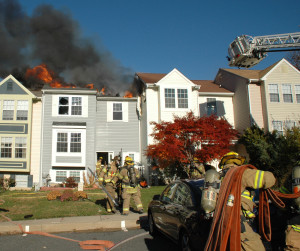
It is imperative that we choose the appropriate attack line for our fire conditions the first time.
Two Alarm Townhouse Fire; Bel Air, Maryland
Photo Courtesy: John Gallagher, Firefightertoolbox.com
One must take into consideration the staffing level of their company. An 1 ¾” handline can effectively be stretched and operated by just a few firefighters. However, if the 2 ½” line is deployed one must ensure adequate staffing in order to get this line in service. At a minimum one firefighter per length is required to effectively operate this line, a 200 foot stretch would require a full company to operate. In situations that require a longer stretch or the need to navigate and advance around many turns or stairs is present the first two arriving engine companies should be committed to getting that first line in service.
Next week we will examine the “right length.” Until then, be safe and lets “Build Better Firefighters” together.


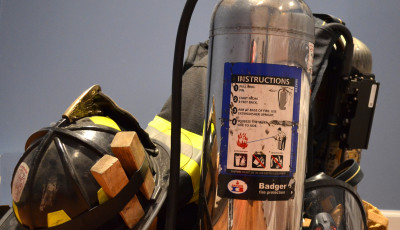
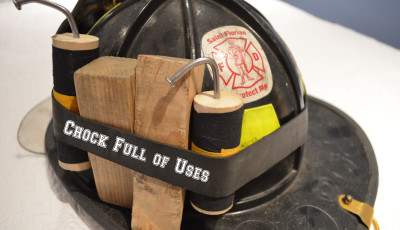
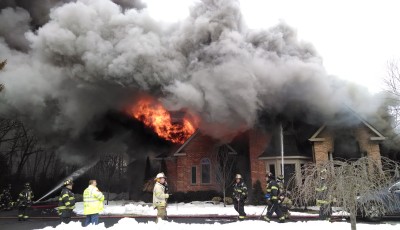
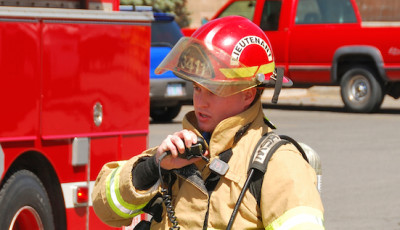
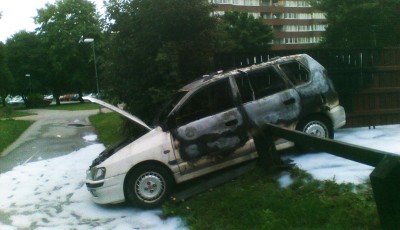
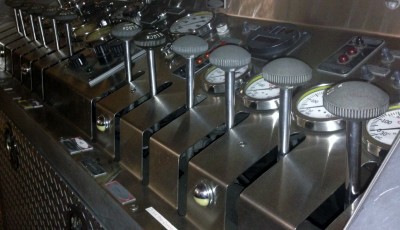
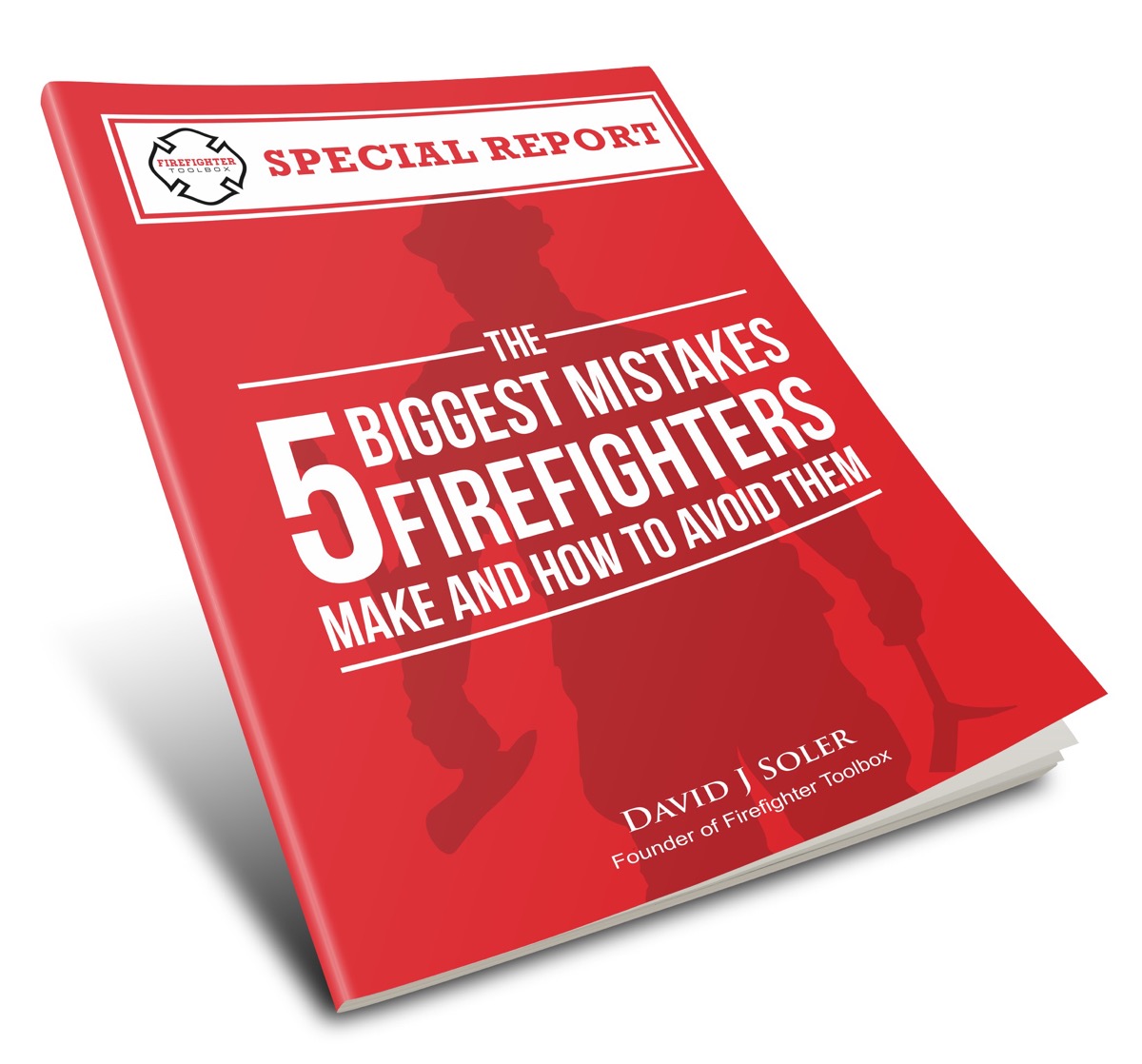
Pingback: Top 5 Engine Company Articles For 2013 | FireFighterToolBox
Pingback: The Role Of The Second Due Engine – Part 2 | FireFighterToolBox